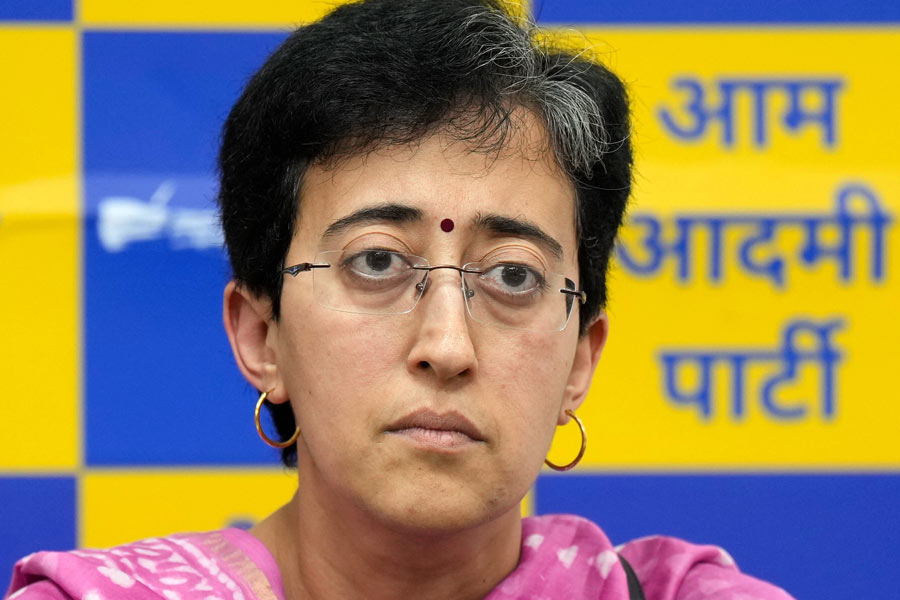Keeping an eye on the health of one’s eyes has always been a concern, especially since gadgets and increased screen time became an inseparable part of our lives. And with the Covid-19 crisis, the problem only seems to have aggravated. Be it in the form of work-from-home, online classes, catching up with friends and relatives virtually, binge-watching shows and movies, or just scrolling absent-mindedly, people are spending most of their time glued to a laptop, tab, TV or mobile phone screen.
Ayushi Tiwari, 24, has had glasses since her college years. Her eye power has been consistently as low as -1 and -0.75. She landed a job earlier this year, and with the work-from-home schedule, she would be using screens for more than 14 hours a day. In April, she started experiencing headaches and itchy eyes. Last month, she gathered her courage and went to an ophthalmologist only to learn that her eye power now stands at -3 and -2.5, and if she does not monitor her screen time strictly, she would face irreparable eye damage. Says the Ballygunge resident, “I did not realise my eye power had doubled and my insomnia had been triggered by my increased screen time. Not only was I becoming less productive each day, I unknowingly also damaged my eyes extensively.”
An excess of screen time usually tires our eyes to the maximum extent — not to forget prolonged exposure to harmful high energy blue light from the gadgets. Apart from red eyes, puffiness and dark circles, people are also facing blurred vision, watery eyes, eye pain, discomfort, fatigue, dryness and headaches.
With no chance of going out or playing with neighbours, screen time for children is also on the rise. “Young patients are experiencing digital eye strain from long periods on a computer, laptop or smartphone leading to fatigue and dryness. Elderly patients are also having eye issues due to prolonged use of screens as they try to keep themselves engaged. The lockdown has increased eye-related problems and complaints,” says Dr Namrata Sharma, general secretary, All India Ophthalmological Society and professor of cornea and refractive surgery services at Dr Rajendra Prasad Centre for Ophthalmic Sciences, All India Institute of Medical Sciences, New Delhi.
Adds Dr Shibal Bhartiya, senior consultant, department of ophthalmology at Fortis Memorial Research Institute, Gurugram, “There has been a spurt in patients who complain of eye strain, itching and dryness. This includes children, young adults and most professionals in their 30s and 40s.”
He also mentions a subgroup of patients who have neglected their eyes. “These are patients with glaucoma and ARMD (age-related macular degeneration) who have missed their usual follow-up visits, medicine and injections. Some of them might now be at a greater risk of vision loss or may require a surgical intervention,” he says.
Dr Bhartiya tells The Telegraph that the number of patients approaching him for teleconsultations has gone up during the lockdown since there are no routine eye checks, “We’ve also consciously deferred hospital visits for those who could be taken care of remotely. Telemedicine seems to have finally come of age, with both patients and doctors understanding its importance.” Dr Sharma agrees that the number of patients visiting the hospital has decreased while there has been a rise in teleconsultations.
However, he points out that it is not just “digital eye-strain” that people are complaining about. “Cases of conjunctivitis have also increased in recent times. Currently, it is the season of allergic conjunctivitis. More patients are coming with conjunctivitis, and this may be due to Covid-19 or allergies,” she says.
There are a few things you can do to help keep your eyes healthy. Reduce the brightness on your device screens. Adjust colours to decrease the blue light, which is linked to more eye strain. Blink more often. Dr Bhartiya talks of an app, Eye Pro for Windows, that sends out periodic reminders to blink in addition to minimising eye strain. “Make sure the computer screen is an arm’s length away. The centre of the screen should be about 10 to 15 degrees below eye level. Avoid reading off your phone,” he says.
Wearing appropriate spectacles when using computer screens is also important. Make sure your prescription is up-to-date. For this, an annual eye check-up is essential.
Do not ignore symptoms, see a doctor as soon as possible. “The doctor will discuss the ergonomics of vision and may suggest preservative-free lubricating eye drops. He or she will also help you take care of any additional problems. Dry and sore eyes often result from underlying diseases such as thyroid, diabetes, rheumatoid arthritis, and may need more specific attention. Avoid self-medication. Using drops a friend is using or one that the chemist has given to you is also self-medication,” Dr Bhartiya says.
There is a projection that 50 per cent of the world population would be myopic by 2050. By definition, myopia means visual abnormality in which the resting eye focusses images of distant objects at a point in front of the retina, producing a blurred image.
Dr Bhartiya says the current eye problems “might just be the other concurrent pandemic”. He adds, “Everything is now online from work to education, shopping to entertainment. The eyes have taken the brunt of the new normal.”
If timely care is not taken, this may in a few years become a pandemic in its own right.










